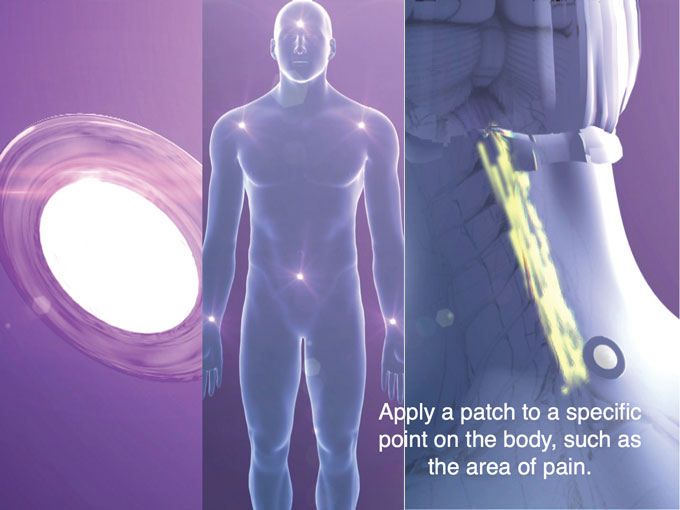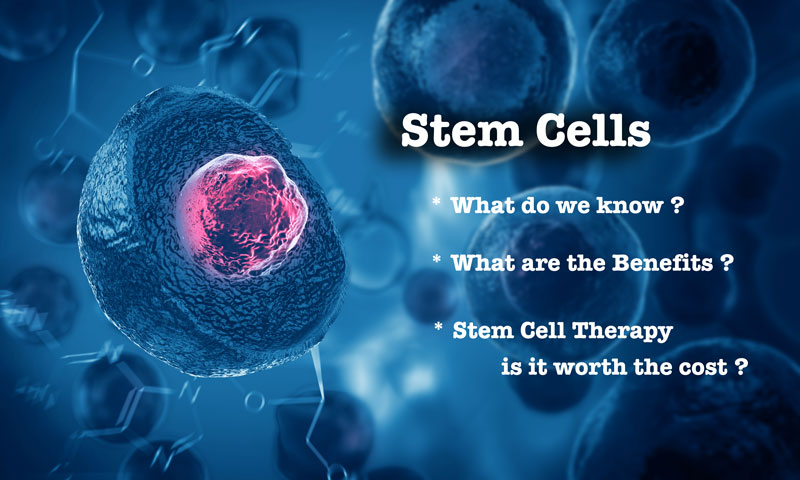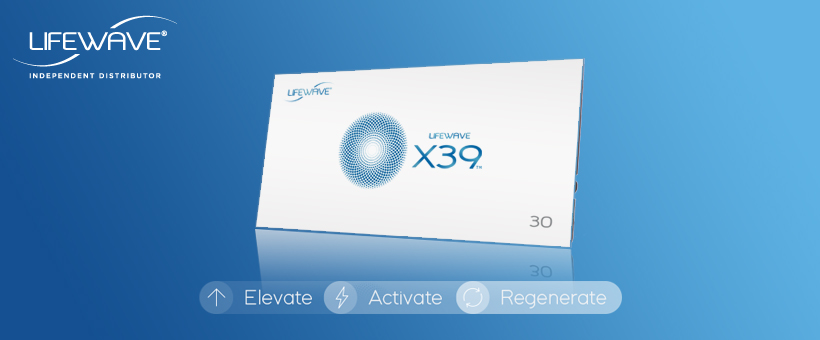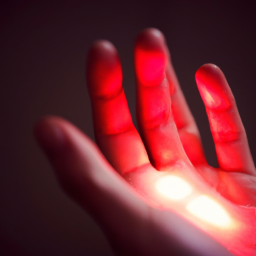Hey there! Have you ever wondered about the benefits and side effects of phototherapy? Well, you’re in luck because we’ve got a comprehensive guide just for you! In this article, we’ll dive into the fascinating world of phototherapy and explore all the ways it can benefit you. From treating skin conditions to improving mental health, phototherapy has a wide range of advantages that you might not be aware of. So, if you’re curious to learn more, keep reading!
In this comprehensive guide, we’ll not only discuss the various benefits of phototherapy but also delve into the potential side effects you should be aware of. While phototherapy can be incredibly effective in treating certain conditions, it’s important to be informed about any potential risks or drawbacks. We’ll cover everything from common side effects like skin irritation to more serious reactions that may occur in rare cases. By the end of this article, you’ll have a thorough understanding of phototherapy and be able to make an informed decision about whether it’s the right treatment option for you. So, get ready to explore the world of phototherapy and discover all the benefits it has to offer!
Overview of Phototherapy
Phototherapy is a type of medical treatment that uses light to improve various health conditions. It has been used for many years and has proven to be effective in treating a wide range of conditions, including skin disorders and jaundice in newborns. This article will provide a comprehensive guide to phototherapy, including its definition, types, how it works, benefits, potential side effects, preparation, procedure, considerations for different patient groups, effectiveness, alternative options, and potential risks and complications.
Definition of Phototherapy
Phototherapy, also known as light therapy, is a medical treatment that involves exposing the body to specific wavelengths of light. This light is usually delivered through specialized devices, such as light boxes, lamps, or laser devices. The light used in phototherapy is carefully controlled to ensure maximum effectiveness and safety.
Types of Phototherapy
There are several types of phototherapy, each with its own specific uses and benefits. Some of the most commonly used types of phototherapy include:
-
UVB phototherapy: This type of phototherapy uses ultraviolet B (UVB) light to treat various skin conditions, such as psoriasis, eczema, and vitiligo.
-
PUVA therapy: PUVA (psoralen plus ultraviolet A) therapy combines the use of a medication called psoralen with UVA light. This treatment is effective for skin conditions such as psoriasis, vitiligo, and certain types of eczema.
-
Narrowband UVB therapy: Narrowband UVB therapy is similar to UVB phototherapy, but it uses a narrower spectrum of light. This treatment is especially effective for psoriasis and other chronic skin conditions.
-
Blue light therapy: Blue light therapy is commonly used to treat acne and other skin conditions caused by bacteria. It helps to kill the bacteria and reduce inflammation in the skin.
How Phototherapy Works
The exact mechanism of how phototherapy works is not fully understood, but it is believed to involve several factors. When specific wavelengths of light are applied to the skin, they penetrate the skin and affect various cellular processes.
For example, UVB light can slow down the rapid growth of skin cells in conditions like psoriasis. It can also reduce inflammation and itching associated with certain skin conditions. UVA light, when combined with psoralen, can suppress the immune system and reduce inflammation.
Blue light, on the other hand, has antibacterial properties and can kill the bacteria responsible for acne. It also helps to reduce the production of sebum, a natural oil that can clog pores and lead to acne.
Benefits of Phototherapy
Phototherapy offers several benefits for individuals with various health conditions. Some of the key benefits include:
Treatment of Skin Conditions
Phototherapy, particularly UVB and PUVA therapy, has been proven to be effective in treating various chronic skin conditions. These include psoriasis, eczema, vitiligo, and acne. By reducing inflammation, slowing down the growth of skin cells, or killing bacteria, phototherapy can help alleviate symptoms and promote healthier skin.
Management of Jaundice in Newborns
Phototherapy is commonly used to treat newborns with jaundice, a condition characterized by yellowing of the skin and eyes. Jaundice occurs when there is an excess buildup of bilirubin, a yellow pigment, in the blood. By exposing the newborn’s skin to specific wavelengths of light, phototherapy helps break down the bilirubin, allowing it to be excreted from the body.
Improvement of Vitamin D Levels
Exposure to sunlight is essential for the body to produce vitamin D, a vital nutrient that supports bone health, immune function, and overall well-being. However, for individuals who have limited sun exposure or have conditions that prevent proper sun exposure, phototherapy can provide a safe and controlled way to boost vitamin D levels.
Potential Side Effects of Phototherapy
While phototherapy is generally considered safe, it does come with a few potential side effects. These side effects are usually mild and transient, but it is important to be aware of them. Some of the common side effects of phototherapy include:
Skin Reactions
During phototherapy, some individuals may experience temporary skin reactions such as redness, itching, or dryness. These reactions are usually mild and resolve on their own. However, in rare cases, more severe reactions like blistering or burns may occur. It is important to monitor the skin closely during treatment and report any concerning symptoms to a healthcare professional.
Eye Sensitivity
Exposure to certain types of light, such as UV light, can cause eye sensitivity. It is important to wear protective eyewear during phototherapy sessions to protect the eyes from potential damage. Prescription sunglasses or specially designed protective goggles can be used to shield the eyes.
Dehydration and Overheating
In some cases, phototherapy can cause dehydration or overheating, especially if the treatment is prolonged or intense. It is important to stay hydrated and monitor body temperature during and after phototherapy sessions. Drinking plenty of fluids and avoiding excessive heat can help prevent these potential side effects.
Preparation for Phototherapy
Before undergoing phototherapy, it is important to prepare properly to ensure maximum effectiveness and safety. Some of the key preparatory measures include:
Consultation with a Healthcare Professional
Before starting phototherapy, it is important to consult with a healthcare professional who specializes in the treatment. They will assess your specific condition, determine the most suitable type of phototherapy, and provide guidance on safety precautions and potential risks.
Skin Protection Measures
Protecting the skin during and after phototherapy is crucial to minimize the risk of side effects. It is important to avoid excessive sun exposure, wear protective clothing, and use broad-spectrum sunscreen with a high SPF. Skin moisturizers can also be used to prevent dryness and maintain skin health.
Monitoring of Temperature and Hydration
During phototherapy sessions, it is important to monitor body temperature and hydration levels. This can be done by regularly checking body temperature, staying hydrated by drinking fluids, and avoiding excessive heat. If any signs of overheating or dehydration are noticed, it is important to seek medical attention.
Procedure of Phototherapy
The procedure of phototherapy may vary depending on the type of treatment and the specific condition being addressed. However, there are some general aspects that apply to most phototherapy sessions. These include:
Duration and Frequency
The duration and frequency of phototherapy sessions can vary depending on the type of treatment and the individual’s specific needs. For example, UVB therapy sessions may last only a few minutes, while PUVA therapy sessions may take longer. The frequency of sessions may range from several times per week to several times per month.
Wearing Protective Eyewear
As mentioned earlier, protecting the eyes during phototherapy is essential. This can be achieved by wearing protective eyewear, such as sunglasses or goggles, specifically designed for phototherapy. These protective measures help minimize the risk of eye damage from light exposure.
Monitoring of Progress
Throughout the course of phototherapy, it is important to monitor the progress of the treatment. This may involve regular check-ups with a healthcare professional who will assess the response to treatment, adjust the treatment plan if necessary, and address any concerns or questions.
Considerations for Different Patient Groups
Phototherapy can be used for individuals of different age groups, including infants, children, adults, and pregnant women. Here are some important considerations for each group:
Phototherapy for Infants and Children
For infants and children, phototherapy may be used to treat conditions like jaundice or certain skin conditions. Special care should be taken to ensure the safety and comfort of the child during treatment. This may involve using protective eyewear, providing ample hydration, and monitoring temperature and skin reactions closely.
Phototherapy for Adults
Adults can benefit from phototherapy for various skin conditions. It is important for adults to follow the recommended precautions, such as wearing protective eyewear, protecting the skin from excessive sun exposure, and maintaining proper hydration and temperature control.
Phototherapy for Pregnant Women
Pregnant women should exercise caution when considering phototherapy treatment. The potential risks and benefits of treatment should be carefully assessed by a healthcare professional, taking into account the specific condition, trimester of pregnancy, and any potential risks to the developing fetus. Alternative treatment options or postponing treatment until after pregnancy may be recommended in some cases.
Effectiveness and Success Rates
Phototherapy has been extensively studied and has shown to be highly effective for many individuals. Research findings have consistently demonstrated the beneficial effects of phototherapy in improving various skin conditions and managing jaundice in newborns. However, the success rates may vary depending on individual factors, such as the severity and type of condition being treated.
Research Findings
Numerous studies have shown that phototherapy can significantly improve symptoms and quality of life in individuals with conditions like psoriasis, eczema, vitiligo, and acne. It has been found to reduce inflammation, itchiness, and scaling of the skin, leading to clearer and healthier skin.
In the case of newborn jaundice, phototherapy has been proven to effectively reduce bilirubin levels and manage the condition. By breaking down the excess bilirubin, phototherapy helps prevent potential complications associated with high bilirubin levels, such as brain damage.
Factors Affecting Treatment Success
Several factors can affect the success of phototherapy treatment. These include the specific condition being treated, the individual’s overall health, the severity of the condition, and adherence to treatment protocols. It is important to follow the recommended treatment plan, including the duration and frequency of sessions, to maximize the chances of successful outcomes.
Long-Term Efficacy
In many cases, phototherapy provides long-term relief and management of skin conditions. However, the long-term efficacy may vary depending on the individual and the specific condition. Regular follow-up appointments with a healthcare professional can help monitor the long-term effects of phototherapy and make any necessary adjustments to the treatment plan.
Alternative Options to Phototherapy
While phototherapy is a widely used and effective treatment, there are alternative options available for individuals who may not be suitable candidates for phototherapy or prefer other treatment approaches. Some of the alternative options include:
Topical Medications
Topical medications, such as creams, ointments, or lotions, can be used to manage various skin conditions. These medications are applied directly to the affected areas and can help reduce inflammation, control symptoms, and promote healing.
Oral Medications
In some cases, oral medications may be prescribed to treat more severe or widespread skin conditions. These medications work internally to address the underlying causes of the condition and manage symptoms. However, they may come with potential side effects and require close monitoring by a healthcare professional.
Natural Remedies
Some individuals may prefer natural remedies or complementary therapies to manage their skin conditions. These can include herbal remedies, dietary modifications, stress management techniques, and lifestyle changes. It is important to consult a healthcare professional before using any natural remedies to ensure their safety and effectiveness.
Potential Risks and Complications
While phototherapy is generally a safe treatment option, there are a few potential risks and complications to be aware of. These include:
UV Radiation Exposure
UV radiation, especially from UVB and UVA light, can increase the risk of skin damage and potentially lead to skin cancer. However, the risk of developing skin cancer as a result of phototherapy is considered to be very low. It is important to follow the recommended safety precautions, such as wearing protective eyewear and limiting sun exposure outside of treatment sessions.
Risk of Sunburn
During phototherapy, the skin may become more sensitive to sunlight, increasing the risk of sunburn. It is important to protect the skin from excessive sun exposure, use broad-spectrum sunscreen with a high SPF, and wear protective clothing.
Photosensitivity Reactions
Some individuals may experience photosensitivity reactions, which can cause the skin to become more sensitive to light. This can result in a rash, redness, or increased sunburn risk. It is important to inform healthcare professionals about any known photosensitivity reactions or medications that may increase photosensitivity.
Conclusion
Phototherapy is a highly effective and versatile treatment option for various health conditions, particularly skin disorders and jaundice in newborns. It offers numerous benefits, including symptom relief, improved quality of life, and management of specific conditions. While it is generally safe, it is important to be aware of potential side effects and take proper precautions. Consulting with a healthcare professional, following recommended protocols, and monitoring progress are essential for successful outcomes. Alternative treatment options are available for those who may not be suitable candidates for phototherapy. By understanding the benefits, risks, and considerations associated with phototherapy, individuals can make informed decisions and achieve optimal results in their treatment journey.





